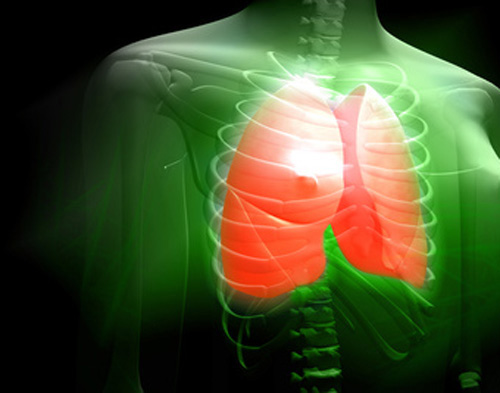
A team of researchers has cataloged healthy lung cells and cells collected from the lung tissue of patients with cystic fibrosis to create a reference database that they hope will give new insights into the inherited condition and help researchers develop new and better treatments.
“This new research has provided us with valuable insights into the cellular makeup of both healthy and diseased airways,” said Brigitte Gomperts, M.D., a member of the Eli and Edythe Broad Center of Regenerative Medicine and Stem Cell Research at the University of California Los Angeles, who co-led the research.
“If you can understand how things work in a state of health, it becomes easier to see what cellular and molecular changes occur in a disease state.”
Cystic fibrosis is an inherited, autosomal recessive disease that affects around 70,000 people around the world. Caused by different mutations in the CFTR gene, it results in affected cells producing thick and sticky mucus that causes problems around the body, but particularly in the lungs.
People with this condition have a significantly shortened life span and rarely live beyond the age of 50, even in developed countries. Although treatments have improved and much research is being carried out into how to treat this condition, more knowledge is needed to help improve the prognosis for individuals born with cystic fibrosis.
This study was led the UCLA, Cedars-Sinai Medical Center and the Cystic Fibrosis Foundation and involved a single cell transcriptomics analysis of cells from proximal airway tissue donated by 19 cystic fibrosis patients undergoing lung transplantation. Lung tissue from 19 organ donors who had died from other causes was also analyzed for comparison purposes.
Using single-cell RNA sequencing, the team classified the cells into different subtypes based on their gene expression patterns and then used a computer-based bioinformatics technique to aid cataloging and classification of the cells.
Writing in the journal Nature Medicine, the team confirmed some cell differences that were already known in cystic fibrosis patients, such as the presence of cells changing from secretory cells to ciliated cells. But also found previously unknown differences, such as a number of basal cells that were in a transition state moving towards becoming ciliated cells. These changes were more common in cystic fibrosis lung cells than in healthy lung cells.
“We were surprised to find that the airways of people with cystic fibrosis showed differences in the types and proportions of basal cells, a cell category that includes stem cells responsible for repairing and regenerating upper airway tissue, compared with airways of people without this disease,” said Barry Stripp, Ph.D., a professor at the Cedars-Sinai who co-led the research.
“We suspect that changes the basal cells undergo to replenish ciliated cells represent an unsuccessful attempt to clear mucus that typically accumulates in airways of patients with cystic fibrosis.”
The team hopes this cell catalog will help guide the development of new therapies to treat cystic fibrosis-related lung disease in the future and plans to continue to study gene expression differences between healthy and cystic fibrosis affected lung cells.











